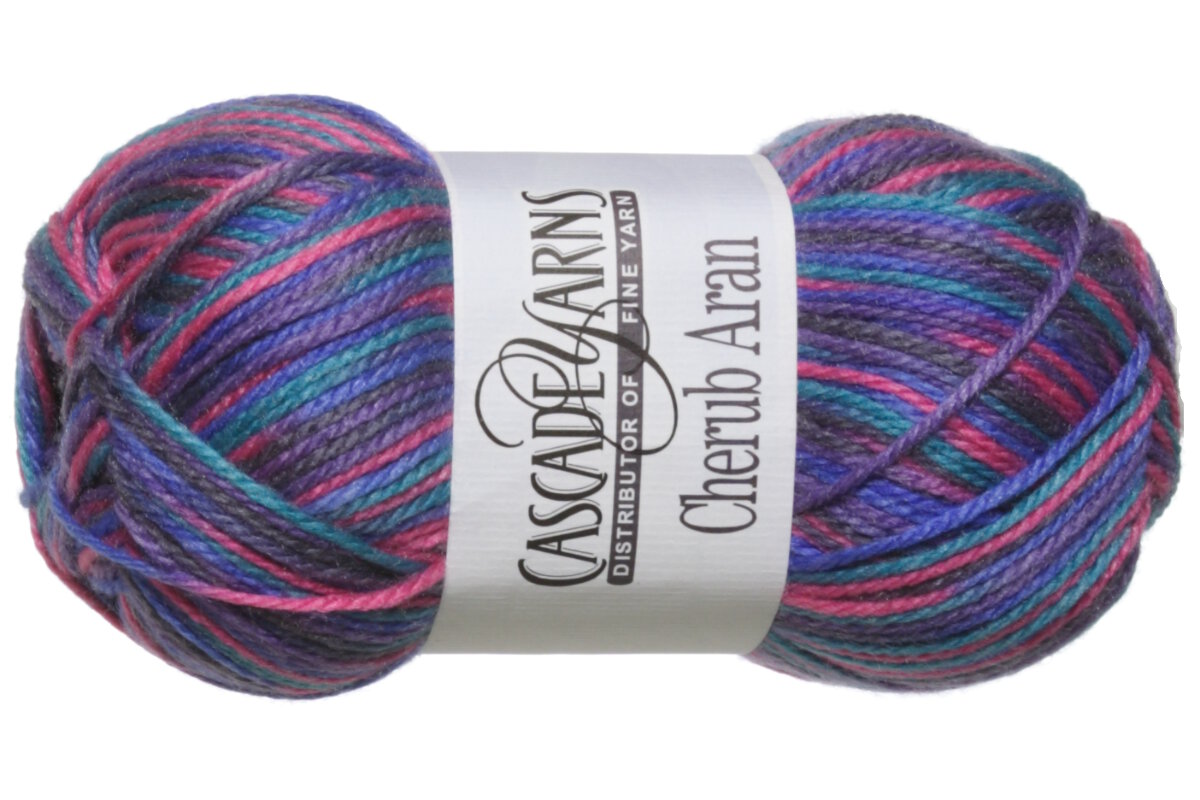
HOTTEA: I don’t believe it has consciously influenced my work.

JE: Back in 2011 when we interviewed you, the New York Times was predicting that guerrilla art, specifically 'craftivism' like the HOTTEA project, "could become as potent a social movement as urban farming." Do you think graffiti knitting has continued on this projection? How has the insurgence of yarn artists and the popularity of yarn bombing influenced your work? There will always be people who buy or commission art, but it is the artist’s responsibility to find and keep those opportunities consistent with their art and business skills. At the end of the day, someone either has to commission your work or buy a piece of art in order for you to live to work. Many artists forget about the business side of this world. HOTTEA: As an artist it is our responsibility to make sure we are smart about how we conduct our business. With the current political climate and the national funding for the arts being called into question, do you think continuing to establish these types of partnerships could be the financial answer to the future of the arts? PBR has a national Art Showcase contest that has given their brand visibility in the art scene. Many Twin Cities breweries team up with local illustrators and graffiti artists to design unique artwork for their cans and taproom murals. JE: A recent trend is companies partnering up with artists to showcase their work. The fences that I do are all on a flat surface, and I come from a design background, so this project brought me back to what I used to do as a graphic designer.Īsylum, painted installation on Roosevelt Island, NYC, 2015

I adapt the patterns and shapes I use from my isometric lettering and translate it to the shape of the can. HOTTEA: It’s different, but it’s also similar in a lot of ways. What are the challenges of designing within the confines of 2D Art when the vast majority of your visual aesthetic is in a 3D context, specifically yarn?
#Artful yarn graffiti similar series#
From the final three artists selected by a panel of experts, you won the popular vote to be the artist who reimagines and designs a series of limited edition Perrier bottles and cans. This year, Perrier launched ARTXTRA, a program through which the company collaborates with innovative artists. Let's start with your most recent endeavors. JE: It's been a few years since MPLSArt has checked in with you ( our last interview was way back in 2011), so we have a lot to catch up on. We recently caught up with the now critically acclaimed installation artist to chat about his national and international visibility, his collaboration with sparkling water giant Perrier, and the future of yarn art.

Letting Go, yarn installation at Mia, 2012 Pool these ingredients together and you have an artist who helped changed the way street art is made and viewed, adding an impassioned, lasting memory to an ephemeral art form. In its vivid hues and dimensional framework, there existed a softer element not present with many graffiti artists. Within the elaborate techniques, there was a link tied to his family’s culture of weaving, passed down for generations. For HOTTEA, it became more than just a tag. This was not your grandmother's craft night this was about bringing awareness, emotion, and perspective into a street style that's often gotten a bad rap, a medium that’s seen less for its artistic voice and more as a societal nuisance. By connecting the dots, working the angles, and playing with shadow elements, HOTTEA created attention and dialogue around yarn as a street art medium. His signature “fencework” weaves words and images into nail-studded light poles and chain link fences.

Incorporating a skill and love for typography with weaving techniques, HOTTEA introduced the MPLS scene to what is now a ubiquitous artform that’s paved the way for a sub-genre of “yarn bomb” artists. Though after a bout with the law for producing what is still deemed illegal artwork, HOTTEA became drawn to more impermanent projects which harnessed a non-destructive take on street art using skeins of yarn. Still known to many Minneapolites as “the yarn guy,” local artist Eric Rieger, aka HOTTEA, was captivated by the unbridled energy and chaotic essence of street art. Travel back nearly a decade to the streets of Minneapolis if you saw brightly colored yarn entwined onto fences, you knew exactly the mastermind behind it: HOTTEA.


 0 kommentar(er)
0 kommentar(er)
